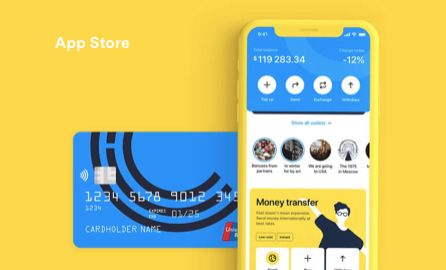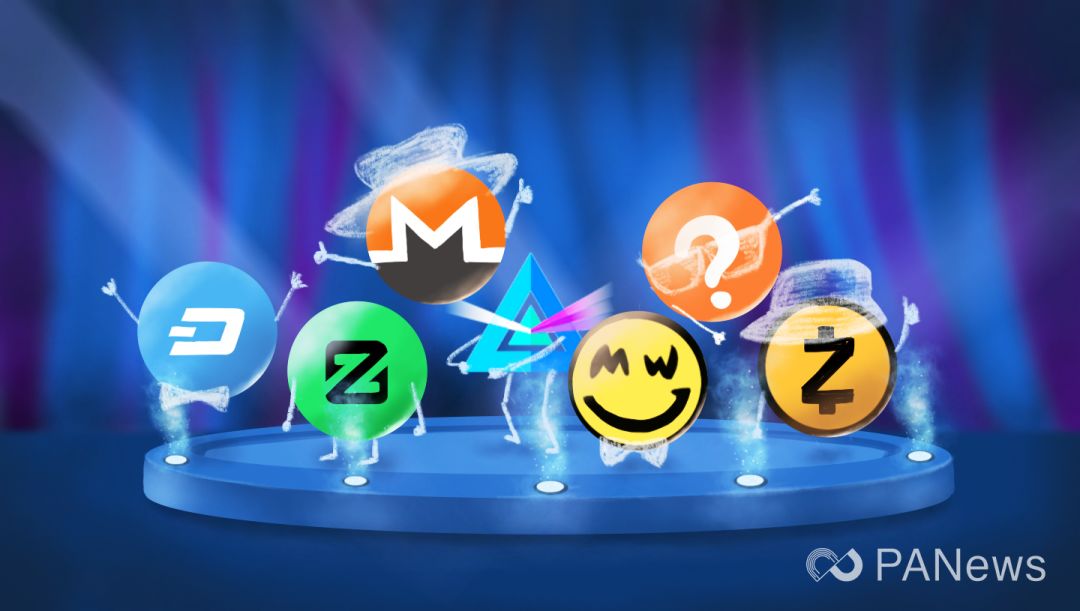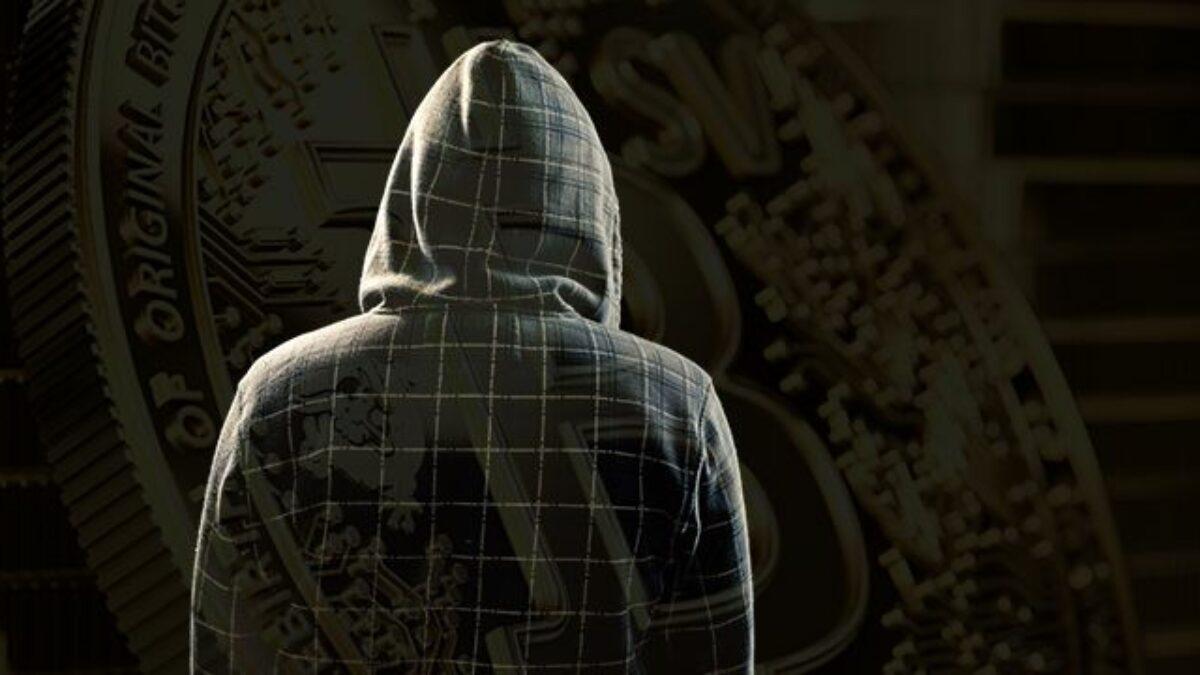Who is competing for C? Read the encrypted payment contest
Payment is at the core of nature, as an infrastructure – it is the intersection of information flow, capital flow and user traffic . Taking the development path of the Internet as a guide, payment provides a favorable foundation for financial activities such as wealth management, lending, credit reporting, etc. The mobile payment landscape is the best example. In the encrypted world, the same game is being staged.
Bakkt, founded by the New York Stock Exchange's parent company, the Intercontinental Exchange (ICE), was recently launched by LedegerX to launch bitcoin futures, but it has made even more progress – the upcoming cryptographic payment tool “ Bakkt Pay ”. Including Starbucks, large supermarket chain Whole Foods, telecom giant AT&T, chain department store Nordstrom, etc., are his potential cooperative enterprises.
Exchanges such as Coinbase, which is comparable to Bakkt's influence, are also gearing up in the field of encrypted payments: the former launched a cryptocurrency credit card in January this year with the payment company Simplex, which introduced cryptocurrency in the UK in April this year. The card was announced in June to expand the product to six European countries.
There is also a lot of payment service providers outside the world of encryption. Square uses its Cash App and Square Market apps to promote Bitcoin trading and payment settlement. Alipay has been in Hong Kong and Malaysia. A cross-border payment settlement platform using blockchain advancement was launched. Not to mention Facebook Libra, which has been widely watched in the market recently, is undoubtedly a "spring thunder" in the field of encrypted payment.
- How to design a self-adjusting consensus agreement?
- Market Analysis: Bitcoin starts to oscillate, funds back to the altcoin
- "Moving brick arbitrage" scam reappears, a user is deceived 885 ETH
1. Encrypted payment battlefield喧嚣
Encrypted payment can attract all heavyweights to scramble, an important reason is its ability to reduce costs and broad market space :
The McKinsey report "Blockchain: The Subversion of the Banking Game Rules" states that the application of blockchain technology in B2B cross-border payment and settlement services will reduce the cost per transaction from approximately $26 to $15, of which approximately 75% is the payment network maintenance fee for the intermediary bank, 25% is the compliance, error investigation, and foreign exchange exchange costs.
In addition, according to the 2018 Global Payment Report released by payment service provider WorldPay, by 2021, the global digital payment transaction volume will reach 816 billion US dollars .
Obviously, no one wants to stay out of this feast, the track is already very crowded, but the contestants are still in the same league .

2. Encrypted payment service provider
Trading service providers are the most active force in the field of encrypted payment. They are also the most flexible in the market, or “the root of others, to bear their own fruits”, adopting the same traditional card issuers such as Visa, Mastercard, etc. Cooperation to seize the market for cryptographic payments, or to re-establish a system to turn past players (traditional financial institutions) into their own pieces, such as IBM and Stellar to build World Wire. It has bypassed traditional banking institutions and tried to build a new cross-border value transfer system.
At the same time, as the integration of cryptocurrency and the world deepens, the competition between the original world and the foreign companies in the encryption world is becoming more and more fierce . The original enterprise of the encryption world intends to partially replace some business scenarios of external enterprises, such as Coinbase. This year's debit card with Visa can be used offline in six European countries, which has affected the payment service providers outside the encryption world such as PayPal.
Internet payment agencies such as Square started to sell Bitcoin in the app as early as 2017, and in turn achieved good revenues. In the first quarter of 2019, the company’s bitcoin sales revenue was $65.5 million. . In addition, Square is also advancing to support all users to transfer Bitcoin from Square to external wallet. It is not difficult to imagine that Square may become a Bitcoin exchange in the future, and even on-line financing, hosting and other services. This will create a lot of competitive pressure on the world's original payment service providers.
In addition, Alipay in Hong Kong – Philippines, Pakistan – Malaysia, the use of blockchain technology to create a cross-border remittance, payment platform, will also have a crowding effect on the encryption of the world's native payment service providers.
- Head product
Among the original payment service providers in the encryption world, bitpay is undoubtedly one of the oldest and largest organizations. It was established in 2011 and has completed 6 rounds of financing to date, with a total of $72.5 million in funding. In 2016, it partnered with Visa to issue Bitcoin prepaid debit cards and to serve 50 US states. In 2018, the amount of cryptocurrency transactions handled by his hand reached $1 billion, which truly stabilized the top spot in the world's original payment service providers. In addition, it also holds a virtual currency license issued by the New York Financial Services Authority, which enhances the legitimacy of its cryptocurrency business.
Another noteworthy bitpay encryption world is Crypterium. According to CoinDesk, the Estonian payment service provider has completed three rounds of financing to a total of $59 million, of which the third round of financing is through ICO. ongoing.
Unlike other organizations that choose to be different from Visa and Mastercard, Crypterium claims to be a UnionPay card issuer. This has enabled them to theoretically be able to exhibit in 23 million or so businesses in 175 countries and regions including China. Cypterium does not charge a transfer fee, but when a customer deposits funds into their prepaid card, they will be charged a 1.5% service charge. The daily spending limit is $10,000 and $60,000 per month. It is reported that the Crypterium prepaid card is connected to the Crypterium app, which has more than 500,000 users in the United States and the United Kingdom.

In addition, there are some service providers that offer relatively distinctive services. For example, BitRefill, a service provider, has introduced a cryptocurrency gift card that can be used to purchase virtual goods on the Steam platform, recharge, order VPNs, etc. for third-party websites like Hotels.com.
3. Payment class pass
If the service provider has paved all kinds of pavements and related infrastructure, the payment pass is responsible for running, and is the most direct vitality in the market.
Payment-type pass is the earliest tool for encrypting payments . Bitcoin is the first example. As time progresses, features such as privacy features, asset attributes, and instant payment are gradually introduced.
In terms of current market performance, BTC, XRP, BCH, LTC and XLM are firmly in the top five positions in the payment class. As of June 29, Bitcoin accounted for 62.9% of the total market value of cryptocurrency, ranking the absolute leading position.
The blockchains Ripple and Stellar behind XRP and XLM are deeply related. The founder of the latter is from the former company . Both blockchains are concepts such as clearing settlement and cross-border payment, and have obvious direct competition.
Ripple completed 8 rounds of financing and received a total of 93.6 million US dollars. The leading investors have head offices such as Softbank, IDG and Santander. At present, Ripple has included Mitsubishi Bank, Standard Chartered Bank and MoneyGram. More than 200 banks within the company have cooperated with payment service providers.
Stellar completed three rounds of financing, and the publicly disclosed funds amounted to $3 million. The investors included Stripe, Innovating Capital, Plug and Play. Compared to Ripple, Stellar attracts partners to send money or build payment networks, such as the World Wire Network, which is partnered with IBM, and Wirex announced in May that it will release 26 new stable currencies on Stellar. Endorsements such as US dollars, Euros, and British pounds).
In terms of market value, the three major privacy currencies Monero, Dash and Zcash are closely followed. Due to the privacy concept, the privacy currency represented by it is very popular in the non-mainstream market. For example, Pornhub accepted Monero as one of its payment methods, and the black market Wall Street Market, which was recently shut down by multinational law enforcement, was also seized a large number of Monero. Beam and Grin, which became popular early this year, are rising stars in anonymous currency.

4. Commercial bank
Although the bank has been placed with a lot of stereotypes of vested interests, it is unambiguous in using the blockchain to defend the moat .
According to the Odaily Planet Daily, 33 of the 84 blockchain businesses of the eight major banks, including JP Morgan Chase, Bank of America, Wells Fargo and HSBC, are related to trade finance and payment, accounting for 38%.
In addition, the four major national banks and China Merchants Bank in mainland China are actively making active attempts to use blockchain transformation payments and trade finance.
The most heavyweight player in the bank to use the blockchain to transform the payment business is JPMorgan Chase . In February of this year, the news of its official announcement of the currency was undoubtedly a powerful booster in the weak market environment. Relying on its position as the nation's largest bank and hundreds of billions of dollars in assets worldwide, JPM Coin is useless.
The IIN interbank payment platform on the Quorum blockchain platform led by JPMorgan Chase has gathered more than 185 peers to explore cross-border payments and clearing settlements. This may also help JPM Coin's further expansion.

Citibank's exploration of blockchain payment is also worthy of attention. It started to enter the track as early as 2015, but it has not achieved any gratifying achievements. After the birth of JPM Coin in February this year, Citi announced that it would suspend this. In terms of the plan, the exploration of cross-border payment of blockchain was suspended.
Another example is the USC, jointly launched by New York Mellon Bank, Santander, HSBC, Barclays and other blockchain startup Clearmatics in 2017 – to establish a common settlement currency designed to enable cross-border payments between banks. It's easier to settle with. It simplifies the sale of assets through a complex middleman network and conducts a single, statutory-based transaction directly on the blockchain.
5. Central Bank
If commercial banks use the blockchain to transform their payment business, most of which takes into account the gains and losses of a city and a pool, then the central bank's blockchain payment journey is aimed at the future change of a country and even global finance.
At present, dozens of central banks are conducting research on digital currency, and some third world countries have officially issued the digital currency of the central bank. The demands of each family are different: for example, Ecuador, the Marshall Islands issue digital currency to complete the de-dollarization, and change the dominant position of the US dollar in the country; Venezuela, Tunisia and Serbia are to reverse the domestic economic difficulties and complete financial reforms, etc. purpose.
The exploration of central banks such as France, the United Kingdom, Canada, China and other major countries is more likely to study the possibility of integrating frontier fields with existing economic and financial systems, such as the MADRE project initiated by the Bank of France in 2016. A poor time experience when transferring money between banks.
Basically, the central bank as the emperor of a country's currency, the payment function is the meaning of its blockchain program, so it does not make a detailed distinction between the blockchain research of a central bank or the function of digital currency. However, in terms of project success and technology maturity, the products pushed by the central banks in developed countries are still better .
So the first global inter-bank cross-border transfer reported by PANews, the Jasper-Ubin project, which was jointly promoted by the Bank of Canada and the Singapore Monetary Authority, brought together the support of two Morgan Stanley and R3 heavyweight players. Over the above time, there are hundreds of affiliates behind the alliance.
6. Merchants
The market is a puzzle on the supply side and the demand side. The central bank, commercial banks, service providers and other entities have completed the supply of blockchain payment products. Some merchants who accept such payment methods are responsible for completing the demand side construction.
As a virtual asset, cryptocurrency is the first merchant to accept it. It is also a merchant that provides virtual products or services. Microsoft accepted Bitcoin payments in its Xbox store in 2014 (after the high volatility of Bitcoin). Sex, the service was shut down in 2018).
Another well-known merchant that accepts bitcoin payments is Twitter, and users can use Bitcoin to reward on Twitter, but this is not done directly in Twitter, but by Twitter's Tippin browser. Moreover, the latter uses the technology of Lightning Network to facilitate Bitcoin to complete small transactions instantaneously, so both the reward and the rewarded parties need to support the lightning network wallet.
Among the merchants that accept cryptocurrency payments and provide physical products, Overstock is a pathfinder. It accepted Bitcoin as one of its payment methods as early as 2014 , and once again focused on selling retail business last year. Blockchain. At present, in addition to Bitcoin, it also accepts Ethereum, Dash, Litecoin, New Coin and other currencies.
In addition to the above merchants, many well-known merchants have also accepted cryptocurrency payments, but later gave up support for the payment method due to regulatory uncertainty or price volatility, payment costs, etc. KFC (Canada), well-known travel site Expedia, game video site Twitch, etc.
It is worth mentioning in terms of regulation that Japan, as a major developed country, has a strong affirmative attitude towards cryptocurrency payments. In March 2016, the domestic cabinet voted to recognize that both bitcoin and virtual currency can be regarded as digital equivalent currency; in April 2017, Japan implemented the Payment Services Act, officially recognizing that Bitcoin is legal. In the same year, in July of the same year, it proposed a new consumption tax bill, which made bitcoin transactions exempt from paying 8% of consumption tax, further promoting the use of bitcoin payments.
Wen | Wang Zelong
We will continue to update Blocking; if you have any questions or suggestions, please contact us!
Was this article helpful?
93 out of 132 found this helpful
Related articles
- Analysis of the Internal Relationship between Facebook Libra Project and Sino-US Trade Friction and Coping Strategies
- On June 23, the market analysis continued to touch the bitcoin, and the heavy pressure zone on the top was difficult!
- Looking back at the four bull markets that Bitcoin has experienced, the major lessons that are worth learning
- Staking: The new wave of mining in the PoS era, value investment or the correct way to open
- Market Analysis: BTC is blocked at $11,200, and the risk of short-term retracement increases
- Early comments: BTC broke the million yuan shock adjustment, BCH led the show to lead the mainstream currency
- Xiao Lei: Bitcoin once again broke through 10,000 US dollars. Is it a scam or a revolution?






